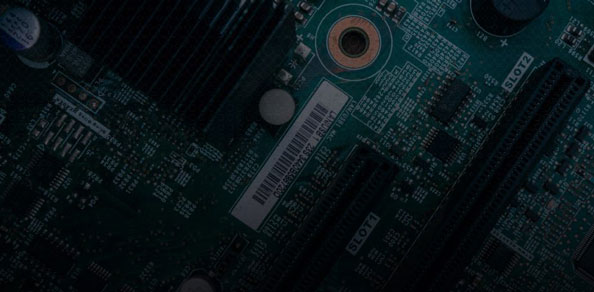
Samsung and SK Hynix saw a decline in NAND sales in the third quarter
According to a report released by TrendForce on November 24th, Samsung Electronics and SK Hynix (including its subsidiaries) saw a decline in sales of NAND Flash chips in the third quarter due to weakened demand caused by the economic downturn. Specifically, Samsung Electronics' sales decreased by 28.1% month on month to $4.3 billion. Its market share decreased by 1.6 percentage points month on month to 31.4%, but it still remains the world's largest. During the same period, the market share of Armor City in Japan increased by 5 percentage points month on month to 20.6%, replacing SK Hynix and ranking second. SK Hynix's sales decreased by 29.8% month on month to $2.54 billion, with a market share of 18.5%, ranking third.
Micron DDR5 memory is now shipped in conjunction with the fourth generation AMD EPYC processor platform
On November 24th, TechWeb reported that Micron recently announced the shipment of DDR5 memory that is suitable for data centers and has been validated by AMD's new Xiaolong 9004 series processors. As modern servers are equipped with more CPU processing cores, the memory bandwidth of individual CPU cores is continuously decreasing. To alleviate this bottleneck, Micron DDR5 provides higher bandwidth than previous generations, thereby improving reliability and scalability.
Micron played a crucial role in JEDEC's development of DDR5 memory specifications and was also one of the earliest manufacturers to sample DDR5 to customers. Micron's Technology Empowerment Program (TEP) is the first of its kind in the industry, helping system designers obtain critical internal resources early on to assist them in verifying and certifying DDR5. Micron is committed to collaborating across the entire ecosystem and will continue to invest in leading technology and product roadmaps.
Disclaimer: This article is reprinted from multiple media outlets including IT Home, KuaiTech, TechWeb, Tencent, Science and Technology Innovation Board Daily, etc. The article is the author's independent opinion and does not represent the position of MOST Components Limited.


